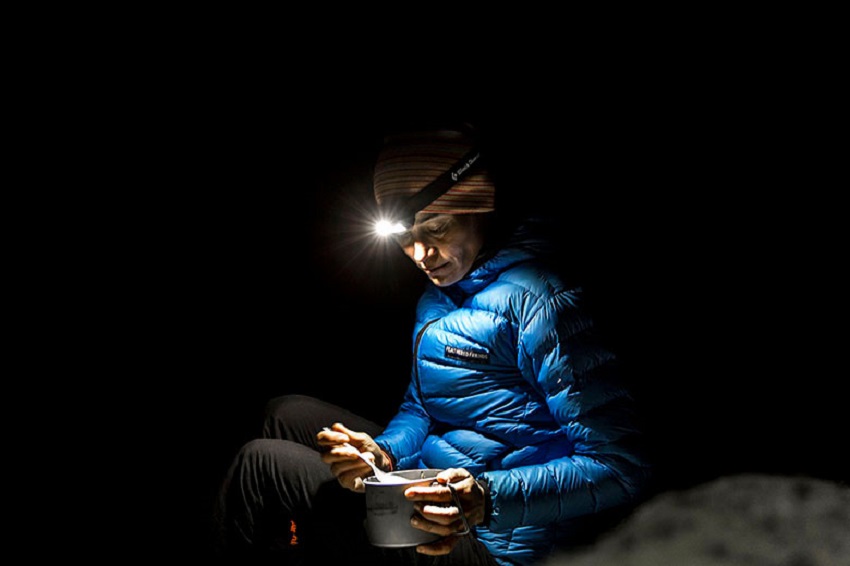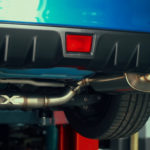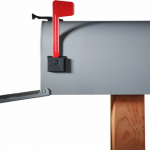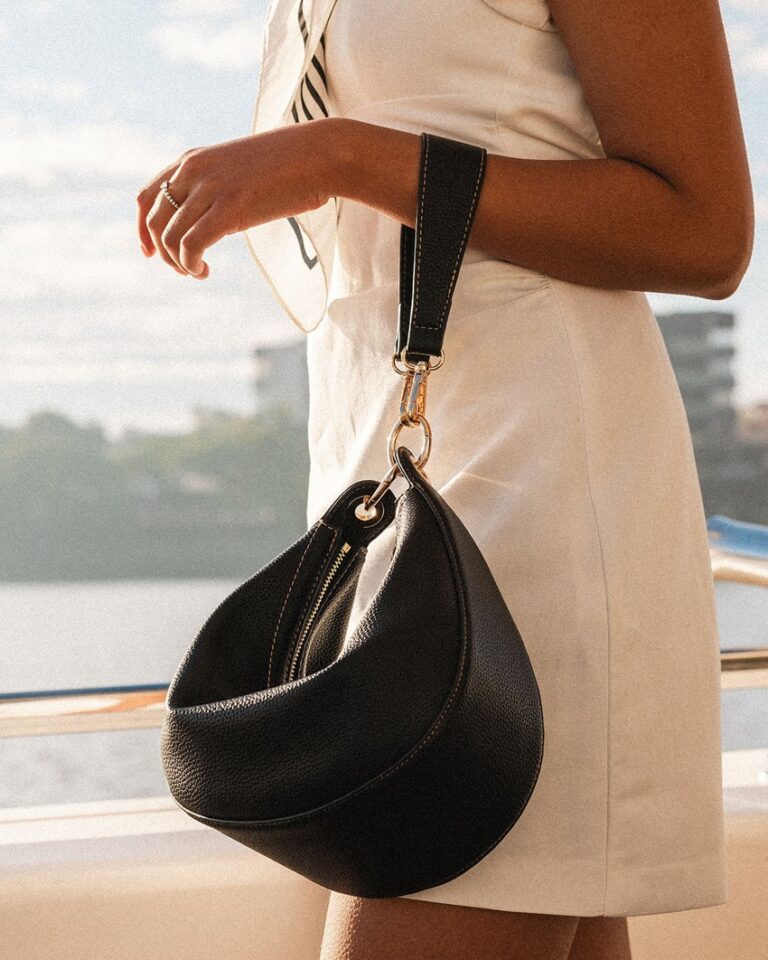Whether you’re setting up your tent at night, looking for something in your trunk, or trail running at dusk, nothing beats the hands-free lighting convenience offered by headlamps. Modern headlamps are equipped with powerful LEDs that are rugged, long-lasting and energy-efficient. But even though most modern headlamps use the same lighting technology, there are still many different models on the market. So how do you know where to buy a quality headlamp and what sets one model apart from another? There are a few different variables that differentiate headlamps.

Although you’ll find many headlamps that are similar in performance and features, you won’t find two that are exactly the same. With that said, you want to pick the right one for you based on the tasks for which you’ll be using the headlamp most of the time. Finding your ideal match is easiest when you have a clear idea of what your intentions with it are. In other words, if you’re running, you’ll want a headlamp that’s lightweight, fits well and has a reasonable beam distance, whereas if you’re hiking or backpacking, you’ll want a headlamp that’s lightweight, has a decent battery life, different mode options, and varying beam distance.
First and foremost, headlamps come in a wide range of shapes and sizes. So if you’re going to participate in jarring activities, you’ll want a lightweight headlamp. So for instance, if you’re running and the headlamp is too bulky or too heavy, it will bounce up and down and just be inconvenient. On the other hand, if you’re cycling on a paved and smooth road, the weight of the headlamp will matter less. Typically, headlamps are measured in grams, and most headlamps weight anywhere from around 50 grams to 350 grams. If you’re looking for a lightweight headlamp, you’ll want one that’s in the lower end of this range. However, keep in mind that the top straps and external batteries can add to this weight.

Then, you’ll have to make sure you find the right fit. The way your headlamp fits your head should be comfortable and non-intrusive. Some headlamps, like the LED Lenser H7R.2, have the battery packs in the back of the head for better weight distribution. Other headlamps, however, provide extra support with a strap that stretches from the front to the back across the top of your head. While this can be a great feature for some, some people may not like it, which just brings me back to my initial argument that everyone’s needs are different, so you should choose according to yours.
Further, you have to decide on the bulb and beam type of the headlamp. As briefly aforementioned, LED bulbs are more durable, energy-efficient and long-lasting than conventional bulbs. And as far as beam types go, you can pick between a wide beam and spot beam headlamps. Spot beams are ideal for running, hiking and cycling, as it illuminates the path far ahead of you. Wide beams, on the other hand, are ideal for performing tasks in close proximity, such as campsite activities. Some headlamps feature a variable beam, which allows you to switch between wide and spot beams.
Additionally, you need to consider the necessary light output and the beam distance. The light output is measured in lumens, which represents how lightly the headlamp will illuminate in all directions. The power of headlamps varies widely, and you can find models from about 100 lumens to 1.000 lumens or more. As far as beam distance goes, most headlamps have theirs represented in either metre or feet. For people who need a running, climbing, cycling or hiking headlamp, they’ll want one with a longer light beam distance.
And as obvious as it sounds, you need to consider the brand you’re buying from. Like it or not, brand-name headlamps will outperform no-name headlamps most of the time. In the world of headlamps, you get what you pay for, so look for a unit made from a reputable manufacturer that has many years in the industry, such as LED Lenser, Olight, NiteCore, etc. The headlamp I use is the LED Lenser H7R.2, which I briefly mentioned above. The reasons why I picked that model, in particular, are plenty.
For starters, contrary to what you may believe, it’s not that expensive, yet you get features like the smart light technology, different energy modes, and a lengthy warranty of 5 years. Some of the most common questions people have asked me about my LED Lenser are the following:
Where to Buy LED Lenser Headlamps and Torches?
You can find them online and in retail stores near you. Almost every retail store that stocks quality torches and headlamps will have a few LED Lenser models sitting around. However, worth noting if you’re shopping online is that there are many fake models.
How to Tell a Fake LED Lenser?
Quite simply, actually. You just look at the price. Check out LED Lenser’s official web site for the price of the unit you’re looking at, and if the store you’re buying from has it for a fraction of that price, it’s probably a fake. Most authorised vendors have a list of ways to spot fakes.
Where are LED Lenser Lights Made?
LED Lenser lights are manufactured in Germany and China. Many people are off-put when they hear Made in China, but LED Lenser’s Chinese facility, which is located in Yang Jiang, is said to be one of the most technically advanced lighting factories in China.













